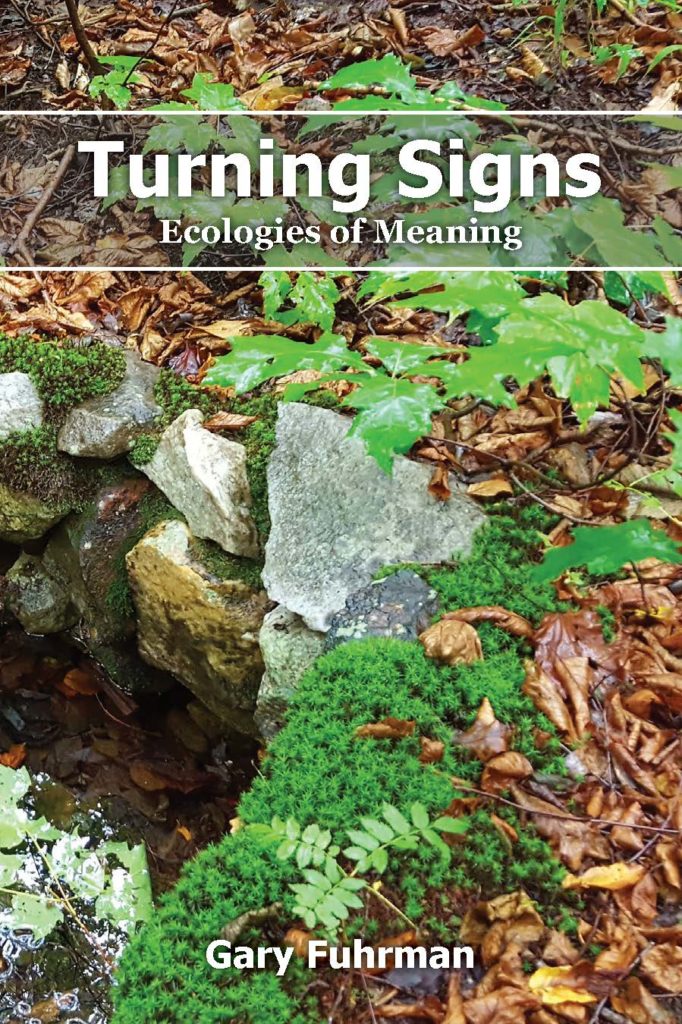The aggregation of complex systems in contemporary networked applications means that no single person ever sees the whole picture.— Bridle, James. New Dark Age (p. 43). Verso Books. Kindle Edition.
The trouble … is that we are terrifyingly ignorant. The most learned of us are ignorant.… The acquisition of knowledge always involves the revelation of ignorance— almost is the revelation of ignorance. Our knowledge of the world instructs us first of all that the world is greater than our knowledge of it.— Wendell Berry, writer and Kentucky farmer, as quoted by Donella Meadows, Thinking in Systems (p. 86). Chelsea Green Publishing. Kindle Edition.
We denizens of the World Wide Web have access to more information than ever. The trouble is that we often try to read it faster, hoping to take in more of it, or worrying that the next thing could be more worthy of our attention than what we’re reading now, so we should get through it as fast as possible. It takes a conscious effort to slow down and give the symbols a chance to connect with the time you’re living. But i think the effort also increases the humbling awareness that the world is greater than our knowledge of it.

I’ve noticed this especially while returning my attention to the early chapters of Turning Signs. It’s been over five years since i first published it, long enough to enable me to read it again for the first time (to steal a phrase from Marcus Borg). I’ve forgotten my authorial intentions well enough to be surprised by it, for instance by how much it’s perfused with systems thinking, which i consider crucial to the transition we are living in 2021. But i’m also surprised at the number of changes (improvements, i hope) that seem to be called for. (I’ve learned a few things since 2015 and have a better sense of how ignorant i am.) I’ve now revised the first four chapters. I might have to call it a second edition, or Turning Signs 2.0.
The online chapers are always up to date, of course, but it’s also occurred to me that some people might prefer to read TS offline. I’ve made it possible now to download the whole thing as a Zip file (a little over 3 MB) which you can extract to a folder on your computer or tablet and read with your browser, regardless of platform. You’ll find the download link near the top of the Table of Contents page. I’ll have to periodically update that Zip file on my site as revision continues, but it will always be the whole book, Obverse, Reverse, Universe and all. If anyone reading this wants to try it out, let me know (by comment or email) how well it works. Especially if you run into any problems.
